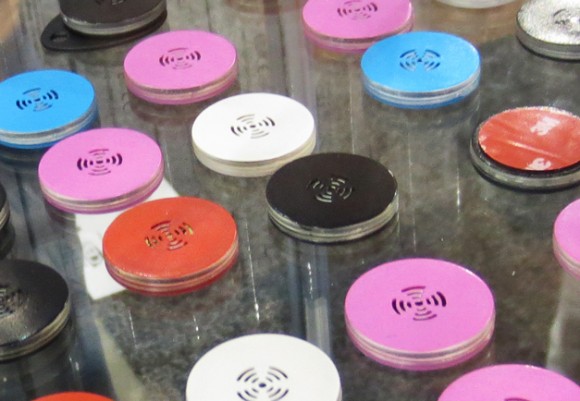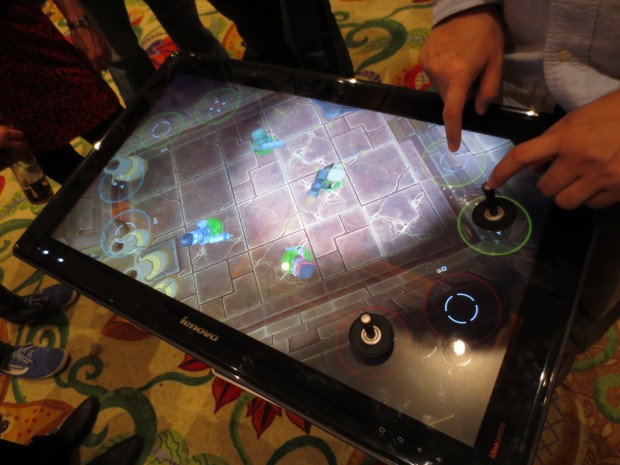
Years ago I was one of the early Clearwire customers with a Motorola WiMAX USB stick and a month-to-month service contract. But despite decent network coverage in both Philadelphia (where I lived) and Las Vegas (where CES proved to be the perfect venue for testing WiMAX performance), I couldn’t justify the ongoing expense of an extra data plan. Broadband at home, plus data on my phone, plus free Wi-Fi at local coffee shops was enough to keep me going.
And that was before Clearwire virtually imploded.
Many people, however, aren’t making the same broadband calculations that I am. And I discovered last week, that the Clearwire WiMAX network is now being used in some interesting ways. The Freedom Rings Partnership and regional ISP Wilco Electronic Systems have started a program under the Keyspot brand in Philly to bring more people online who wouldn’t otherwise have access. If you haven’t had Internet service in the last 90 days and visit a Keyspot location for online access, or to take a class, you can qualify for a free Clear Voyager modem (see above), and a monthly, no-contract WiMAX service plan for $14.95. (One-time install fee of $14.95) That’s more than Comcast Internet Essentials service, which slides in at $9.95 per month, but, as I heard last week at the FCC’s Broadband Summit, it can be difficult to register for the baseline Comcast program. (More on that over at DSLReports).
Perhaps even more interesting, outside the Keyspot program, you can still get a 2 GB/month, no-contract WiMAX plan for $19.99. If you have coverage in your area, and if you can swallow the initial hardware cost ($40 or $50 depending on USB stick or hotspot), that’s a pretty sweet deal. I wouldn’t sign away a year or two for that service given the state of Clearwire as a business. But for certain people (or maybe a small office?), the price point is compelling.





